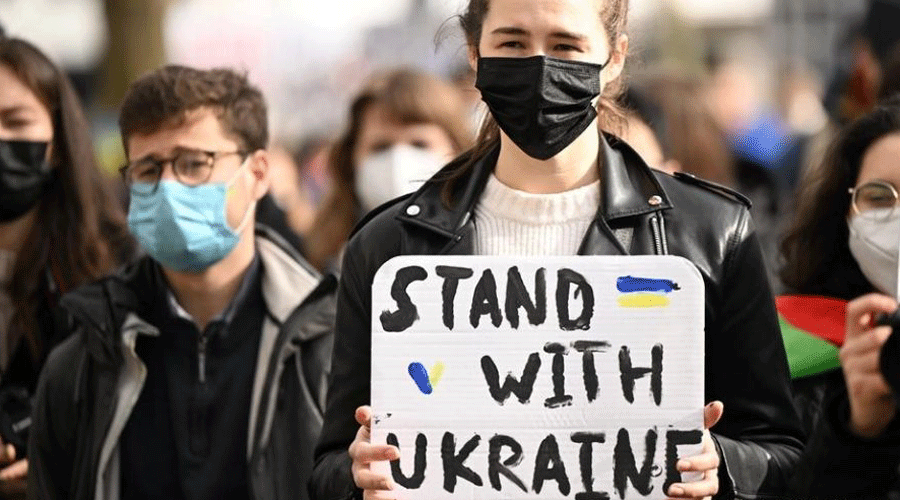No victim of war emerges without suffering some kind of loss: A home eviscerated. A loved one vanished. A life snatched away.
Yet no one loses as much to war as children — scarred by its ravages for a lifetime.
In Ukraine, time is dwindling to prevent another “lost generation” — the oft-used expression not only for young lives taken, but also for the children who sacrifice their education, passions and friendships to shifting front lines, or suffer psychological scars too deep to be healed.
The online ticker at the top of a Ukrainian government page, “Children of War”, flickers with a grim and steadily rising tally: Dead: 361. Wounded: 702. Disappeared: 206. Found: 4,214. Deported: 6,159. Returned: 50.
“Every one of Ukraine’s 5.7 million children has trauma,’’ said Murat Sahin, who represents the UN children’s agency, Unicef, in Ukraine. “…It takes years to heal.”
According to humanitarian agencies, more than a third of Ukrainian children — 2.2 million — have been forced to flee their homes, with many of them displaced two or three times. Over half of Ukraine’s children — 3.6 million — may not have a school to go back to come September.
In Lviv’s maternity wards, mothers pray that the fighting ends before their infants are old enough to remember it. In eastern Ukraine, activists search for children who disappeared across the front lines. Across the country, aid workers and Ukrainian officials are scrambling to repair bombed-out schools and start psychological support.
“We believe in the resilience of children,” said Ramon Shahzamani, the chairman of War Child Holland, a group that focuses on psychological and educational support for children in conflict zones. “If you’re able to reach children as soon as possible, and help them deal with what they have experienced and what they have seen,” he said, “then they are able to deal with their emotions.”
Children exposed to war are at risk of “toxic stress”, a condition triggered by extreme periods of adversity, said Sonia Khush, the director of Save the Children in Ukraine. The effects are so powerful that they can alter brain structures and organ systems, lasting long into children’s adult lives.
The War Child group recently surveyed children and grandchildren of those who lived through World War II, and found that families even two generations later were affected by wartime traumas.
More than 2,000 of Ukraine’s approximately 17,000 schools have been damaged by war, while 221 have been destroyed, according to United Nations statistics. Another 3,500 have been used to shelter or assist the seven million Ukrainians who have fled. The social destruction is even harder to repair. Aid workers have noticed a growing problem of nightmares and aggressive behaviour in young children.
(New York Times News Service)










